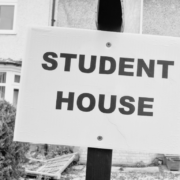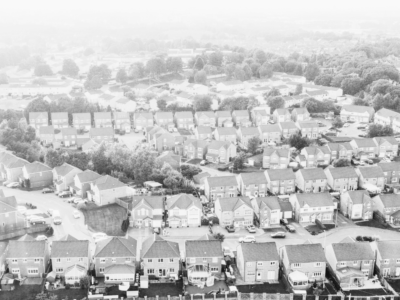Rents in the UK’s private rented sector (PRS) increased by 1.3 per cent in the 12 months to July 2019, unchanged since May 2019, according to recent figures from the Office for National Statistics (ONS).
All countries in the UK registered growth, with rents increasing 1.4 per cent in England, 1 per cent in Wales, 2.1 per cent in Northern Ireland and 0.9 per cent in Scotland, on an annual basis.
Slowdown in growth
UK rental growth has trended lower since the beginning of 2016, driven mainly by a slowdown in London over the same period. However, recent figures show that rental growth has started to pick up again since the end of 2018, driven by faster growth in the capital, according to the ONS.
Rents for major UK cities, excluding London, increased by 1.5 per cent while in London they increased by 0.9 per cent in the 12 months to July 2019. This rate of increase has held steady since May 2019, representing the highest annual growth since September 2017.
When reviewing the data over a longer period, between January 2015 and July 2019, figures show that private rental prices in the UK increased by 7.8 per cent.
Regional variation
The largest annual rental price increase was recorded in the East Midlands at 2.1 per cent, unchanged since April 2019. This was followed by the South West, where rents grew 2 per cent, unchanged since May 2019. Yorkshire and the Humber saw a rise of 1.9 per cent, up from 1.8 per cent in June 2019, according to ONS data.
In terms of regions with the lowest growth, the North East saw rent prices increasing by just 0.7 per cent, up from 0.5 per cent in June 2019. London saw marginally faster growth, with rental prices increasing by 0.9 per cent, unchanged since May 2019.
The market is working
David Smith, policy director at the Residential Landlords Association (RLA), said that these figures indicated that the market is working.
Mr Smith commented: “It demonstrates clearly that introducing rent controls linked to inflation, as called for by some, would leave tenants worse off, as rents would rise faster than they currently are. Rising demand and a falling supply of homes for private rent risk considerable increases in rents, which will only hurt tenants.”
He added: “It is vital that the government stops blaming landlords for the housing crisis and introduces positive, pro-growth measures, to support the majority of landlords, who do a good job in providing the homes to rent the country desperately needs. All the talk of longer tenancies will mean nothing if the homes to rent are not there in the first place.”






















Comments